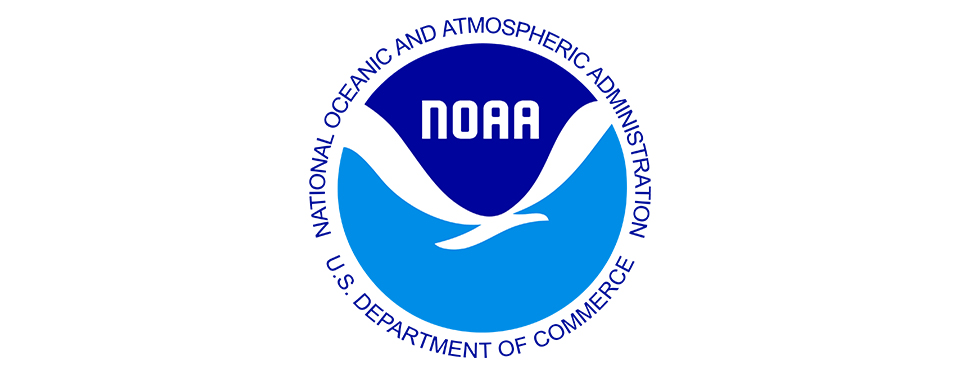The Climate Prediction Center of the National Oceanic and Atmospheric Administration (NOAA) has released its official forecast for the 2020 Atlantic hurricane season, which runs from June 1 through November 30.
NOAA forecasters say there is a 60 percent chance of an above-normal season, a 30 percent chance of a near-normal hurricane season, and a slight—10 percent—chance of a slower-than-normal hurricane season.
NOAA included a guesstimate for the number of tropical cyclones that could occur over the six-month hurricane season. Forecasters anticipate 13 to 19 named storms, six to 10 hurricanes (winds of 74 mph. or greater) and three to six major hurricanes (winds of 111 mph. or greater).
“NOAA provides these ranges with a 70 percent confidence,” the agency’s hurricane season outlook announcement stated. “An average hurricane season produces 12 named storms, of which six become hurricanes, including three major hurricanes.”
“As Americans focus their attention on a safe and healthy reopening of our country, it remains critically important that we also remember to make the necessary preparations for the upcoming hurricane season,” U.S. Secretary of Commerce Wilbur Ross said in the NOAA announcement. “Just as in years past, NOAA experts will stay ahead of developing hurricanes and tropical storms and provide the forecasts and warnings we depend on to stay safe.”
Influencing this year’s tropical outlook is the anticipated neutral El Niño conditions, which could tend toward La Niña. In years with a strong El Niño, wind shear often suppresses hurricane formation. NOAA also noted warmer-than-average sea surface temperatures in the Atlantic and Caribbean. It’s all part of an active trend that dates back to 1995, NOAA said.
“NOAA’s analysis of current and seasonal atmospheric conditions reveals a recipe for an active Atlantic hurricane season this year,” said Neil Jacobs, acting NOAA administrator. “Our skilled forecasters, coupled with upgrades to our computer models and observing technologies, will provide accurate and timely forecasts to protect life and property.”
In addition to flights of NOAA’s “hurricane hunters,” the agency will upgrade several aspects of its forecasting system this summer and will begin using data from COSMIC-2 satellites. NOAA and the U.S. Navy will also begin deploying “autonomous diving hurricane gliders” this season.
Of course, this hurricane season coincides with social distancing measures in place due to COVID-19, the disease caused by the novel coronavirus. Carlos Castillo, acting deputy administrator for resilience at the Federal Emergency Management Agency (FEMA) said, now more than ever, it’s important to prepare for tropical weather with COVID-19 in mind.
“Natural disasters won’t wait,” Castillo said, “so I encourage you to keep COVID-19 in mind when revising or making your plan for you and your loved ones, and don’t forget your pets. An easy way to start is to\download the FEMA app today.”
For navigating on the Mississippi River, hurricane season begins this year with the river around 13.5 feet at the Carrollton gage in New Orleans—high, but still about three feet lower than at the start of the 2019 hurricane season. Forecasts call for the river to drop below 13 feet late in the month. Mariners on the Gulf Intracoastal Waterway will have to plan for the anticipated closure of the Inner Harbor Navigation Canal Lock in August, if the river drops to 6 feet or below. Also on the GIWW in Louisiana, an estimated 25-day closure will occur at the Calcasieu River Saltwater Barrier Structure between June 17 and July 11 for gate replacement operations.



